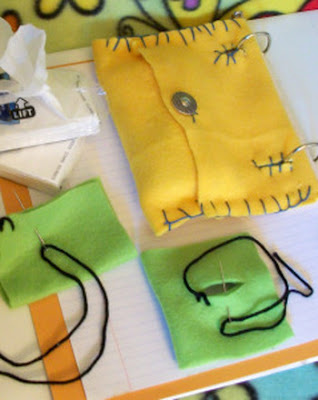Solve Potty-Training Problems

3 keys to solve potty-training problems 1) Patience. 2) Perseverance. 3) Positive Attitude. Examples of Potty Training problems: 1) “She Won't Go in the Potty”. "If your child has no desire to use the potty, chances are she's just not ready," says Ari Brown, MD, coauthor of Toddler 411 (Windsor Peak Press). First you should make sure that your child is ready for this step. Observe your child, make sure they show interest in the potty. Be attentive to your child’s needs, wanting to change the diaper, stops playing when their diaper is full. If you witness such actions, then throw that potty in and start teaching your child on it. If you don’t see such actions, then it may not be potty time just yet. 2) “My Child Only Uses the Potty When I Put Him on It”. It's normal for a child to depend on Mom's reminders in the early stages of potty training. After all, he's spent his whole life peeing and pooping




